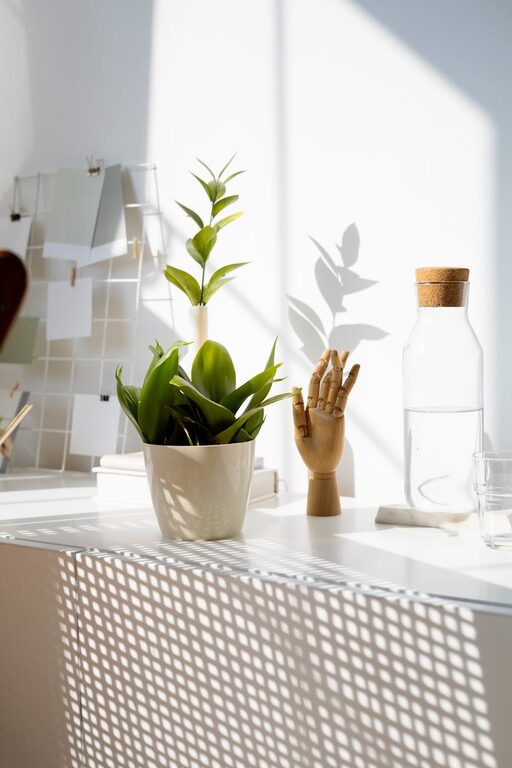Bringing houseplants into your home is a wonderful way to add beauty and a touch of nature to your living space. However, keeping them healthy requires some attention and care. Whether you’re a seasoned plant parent or just starting out, these tips will help your indoor greenery thrive.
Understanding Your Plant’s Needs
Every plant species has its unique characteristics and requirements. Understanding these can make a significant difference in their health.
– Light: Some plants need bright, indirect sunlight, while others thrive in low light.
– Water: Overwatering is a common mistake; some plants prefer their soil to dry out between watering.
– Humidity: Tropical plants often require higher humidity levels.
– Temperature: Keep plants away from drafts, heaters, or air conditioners to avoid shock.
Check the specific care guide for your plant type to tailor your approach effectively.
Choosing the Right Spot
Placement in your home can influence your plants’ well-being.
– Near Windows: East or west-facing windows usually provide ideal light.
– Avoid Direct Sunlight: Some plants get scorched by direct sun; filtered light works better.
– Consistent Temperature: Rooms with consistent temperatures help plants adapt and grow steadily.
Experiment with different locations and observe how your plant responds over time.
Watering Wisely
Water is essential, but balance is key.
– Check Soil Moisture: Stick your finger about an inch into the soil; if it feels dry, it’s time to water.
– Use Room Temperature Water: Avoid shocking roots with cold water.
– Drainage Matters: Ensure pots have drainage holes to prevent waterlogging.
– Adjust Frequency: Water less often in cooler months, more in the growing season.
A watering schedule tailored to each plant prevents root rot and dehydration.
Feeding Your Plants
Plants need nutrients to grow strong.
– Use Fertilizer: Apply a balanced, water-soluble fertilizer every 4-6 weeks during the growing season.
– Avoid Overfeeding: Too much fertilizer can damage roots and leaves.
– Natural Options: Consider compost or organic fertilizers for gentle feeding.
Feeding supports vibrant growth and resilience against pests.
Maintaining Humidity and Temperature
Indoor environments can be dry, especially in winter.
– Group Plants Together: Create a micro-humid environment.
– Use a Humidifier: This helps tropical plants especially.
– Mist Leaves: A light mist can increase humidity but avoid overdoing it.
– Maintain Ideal Temperature: Most houseplants prefer 65-75°F (18-24°C).
Stable humidity and temperature levels keep plants comfortable and healthy.
Pruning and Cleaning
Routine maintenance makes a big difference.
– Remove Dead Leaves: This prevents disease and pests.
– Trim Overgrowth: Encourages new growth and keeps plants shapely.
– Clean Leaves: Dust on leaves blocks sunlight; wipe gently with a damp cloth.
Pruning and cleaning promote air circulation and photosynthesis.
Monitoring for Pests and Diseases
Early detection is crucial.
– Inspect Regularly: Look for spots, holes, sticky residue, or webbing.
– Natural Remedies: Use mild solutions like soapy water or neem oil to control pests.
– Quarantine New Plants: Keep new additions separate for a couple of weeks to avoid spreading pests.
Prompt action ensures healthy plants and prevents infestations.
Repotting When Necessary
Plants outgrow their pots over time.
– Check Root Bound Status: Roots circling the pot indicate it’s time.
– Choose the Right Pot Size: Slightly larger than the current one.
– Use Fresh Soil: Repotting refreshes nutrients and improves drainage.
– Be Gentle: Avoid damaging roots during the process.
Repotting encourages continued growth and avoids stress for the plant.
Conclusion
Caring for houseplants doesn’t have to be complicated. With attention to light, water, humidity, and routine care, your plants will thrive and brighten your home for years. Remember, each plant is unique—nurture them patiently and enjoy the rewarding process of watching them grow healthy and beautiful. Happy gardening!

